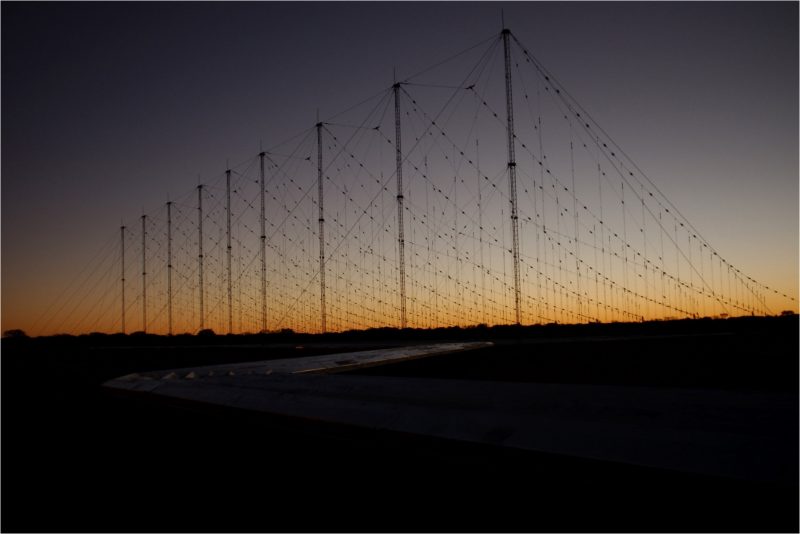
Australia’s technological crown jewels, the Jindalee over-the-horizon radar system, is undergoing a $1 billion refresh to convert its dated analog systems to digital.
This is a very major project as the underlying technology and software is uniquely Australian.
Digitisation will make the system far more versatile and more useful, with operators better able to distinguish targets from the background noise.
“This is a complex program and it’s a difficult technology,” said Steve Wynd, BAE Systems Australia program director for the upgrade.
Australia’s over-the-horizon radar system, known as the Jindalee operational radar network (JORN), stemmed from research conducted after World War 2, with the go-ahead for construction given in the 1990s.
JORN was only achieved after substantial technical problems which resulted in delay and cost overruns.
It works by bouncing high-frequency radio signals off the layer of the atmosphere known as the ionosphere. That means the radar can detect objects far out into the Indian Ocean and up into the Indonesian archipelago.
JORN’s massive antenna arrays are located at Laverton, Western Australia, Longreach, Queensland and Alice Springs in the Northern Territory. The control centre is at RAAF Base Edinburgh in South Australia.
Officially it can detect targets around the size of a Hawk fighter or patrol boat but its real capabilities remain classified. As a radar operating in the HF band, JORN is reportedly able to detect stealth aircraft.
Last year BAE Systems Australia defeated Lockheed Martin Australia to win the contract to upgrade JORN, replacing 1990s receiver units, software and dated architecture with a contemporary digital system with open architecture.
That will make JORN a much more versatile and adaptable system, allowing greater speed of coverage.
But it’s still a complex and highly developmental process, involving 1.5 million lines of software across the system, 12 new hardware boxes being designed from scratch and 1,500 servers in the JORN computer system.
“That introduces complexity and complexity introduces risk and there is a very strong risk management program around it,” he said.
“It’s not often in Australia do you do things like this. In terms of the technology and the diversity it is a very complex program.”
On the plus side, key algorithms have already been written by the Defence Science and Technology Group.
“It is a privilege to implement it but the science is done by DST,” he said.
“That takes away a lot of the technology risk. What we have to do is make sure it works as a system and make sure it meets the timing and performance around that.”















